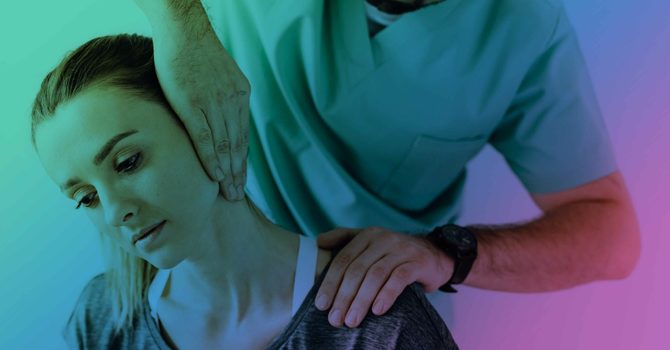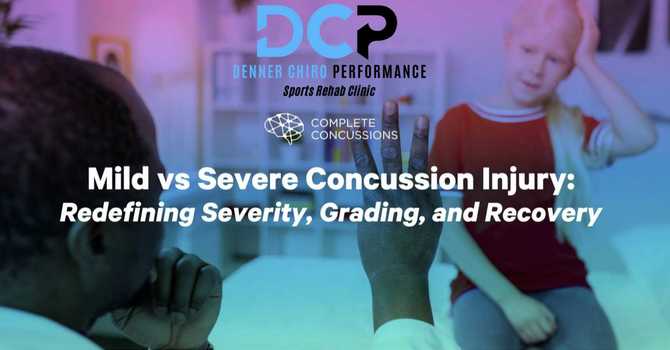Labral Tears
Labral tears are a type of injury to the cartilage surrounding the joints of the shoulder and hip. Labrum tears can be caused by repetitive motions or a single traumatic event.
Labral tears can be classified as either acute or chronic. Acute labral tears are generally caused by a single traumatic event such as a fall or dislocation. Chronic labral tears occur over time due to repetitive activities that stress the cartilage in the shoulder or hip joints.
What Is A Labral Tear And How Is It Diagnosed
A labral tear is a medical condition caused by damage to the fibrocartilaginous labrum ring, which is located in the acetabulum ‘hip socket’ or glenohumeral joint "shoulder joint". This issue can affect both recreational and professional athletes as well as those who are not physically active due to normal wear and tear. The diagnosis of a labral tear typically occurs through physical examination and imaging studies.
During physical examinations, doctors will look for signs such as reduced range of motion, tenderness around the joint, clicking or locking when moving the joint, or weakness in certain areas. Imaging studies such as MRIs may be used to provide further insight into any abnormalities present that may suggest a labral tear.
Do I Need Imaging To Determine My Treatment Outcomes
Labral tears of the hip and shoulder are a common issue among athletes. A study conducted by Briggs et al showed that out of 70 nonsymptomatic patients, 89% of the participants 16 years of age or older had labral tears and 56% of the participants 16 years or younger had labral tears. The prevalence is alarming but shows that even patients with no reported symptoms have a high likelihood of showing labral tearing on imaging.
That is why advanced imaging such as MRI shouldn't be the main determining factor when dictating the course of treatment. A functional exam should be performed followed by a trial of conservative care before surgery is considered for most cases.
Signs And Symptoms Of Labral Tears
Labral tears in the hip and shoulder can cause pain and discomfort, but they can also be difficult to detect. Symptoms of labral tears can vary and are often similar to other conditions such as arthritis or bursitis.
Common symptoms of labral tears in the hip include:
- Pain in the groin area or the front of the hip that increases with activity.
- The pain may also be felt during twisting motions or when bearing weight on the affected side.
- Swelling and clicking, catching, or popping sensations may also occur in addition to limited range of motion.
When it comes to labral tears in the shoulder, common symptoms include:
- Pain when reaching overhead and/or behind your back.
- Difficulty sleeping on your affected side.
- Clicking, catching, or popping sensations with movement.
- Decreased range of motion.
- Pain is usually felt when lifting your arm above shoulder level or pushing against an object with your arm extended away from your body.
If you are experiencing any of these symptoms it is important to seek medical attention from a qualified sports chiropractor who can assess if a labral tear could be contributing to your discomfort.
Treatment Methods For Labral Tears
Treatment methods for labral tears vary depending on the type and severity of the injury. The goal of treatment at Denner Chiropractic & Performance is to help our patients manage pain, range of motion, and strength.
Labral injuries are usually due to repetitive forces being placed through decentrarted joints. A "decrentrated" joint, is a joint that has less than optimal articulation. You can see in the picture that when a joint doesn't use the entire surface area available it leads to increased forces on passive structures like the labrum leading to pain and injury.
Treatment consists of teaching the patient how to balance muscle activation around the specific joint. This leads to proper joint centration and decreased force and stress on the pain points.
When And Why Should You See A Sports Chiropractor For A Labral Tear
At Denner Chiropractic and Performance | Charlotte, North Carolina
- Highly trained in the diagnosis and treatment of musculoskeletal injuries.
- Studies show the best outcomes are a result of conservative care
- Once out of pain, we give you the tools you need to keep your functional improvements
- We offer several techniques from DNS rehabilitation, joint manipulation, soft tissue, dry needling, and more.
Frequently Asked Questions
What Are The Long-Term Effects Of A Labral Tear?
This question depends on the severity of labral tearing. Minor labral tears can be successfully managed with conservative care and with successful treatment have no long-term complications. In the case of severe labral tearing, surgery is recommended due to the high lightly hood of instability and pain. If left untreated labral tears can lead to chronic pain, instability, and further joint degeneration.
Is There A Difference Between A Labral Tear In The Shoulder And A Labral Tear In The Hip?
They are very similar in mechanism and treatment approach. The one key difference between the two sites of injury is that the shoulder is already predisposed to instability because it is naturally an unstable joint due to the ability of the shoulder to provide a great deal of motion. This is important to consider because the labrum helps stabilize the shoulder joint. If the labrum is compromised then it can lead to a greater amount of instability and pain.
Is There A Way To Prevent A Labral Tear?
Preventing a labral tear is an important consideration in many physical activities. The most effective way to prevent a labral tear is through proper joint centration and ideal movement patterns. If we are able to move our bodies in the correct pattern then passive structures like the labrum aren't compromised during physical activity.
How Does A Labral Tear Affect Overall Athletic Performance?
Labral tears can have an impact on overall athletic performance, as the injury can cause pain and instability in the affected joint. This may limit an athlete’s range of motion or ability to perform certain activities. Additionally, the inability to adequately stabilize a joint could affect an athlete’s speed, power, and agility. Furthermore, labral tears can lead to further complications such as arthritis if left untreated.
Are Labral Tears More Common In Certain Sports Or Activities?
Labral tears are a common injury experienced by athletes, especially those participating in contact sports. A case study published by the Orthopaedic Journal of Sports Medicine in 2018 reported that labral tears were found to be prevalent in male soccer players and gymnasts. Moreover, this study revealed that labral tears were more likely to occur during dynamic activities involving sudden changes of direction such as cutting or pivoting. Therefore, labral tears are most commonly observed in athletes who participate in sports or activities which involve frequent changes of direction.
Contact Us Today
Labral tears can be a painful and debilitating condition, but you don't have to live with the pain and discomfort. By understanding the common causes and symptoms, seeking prompt treatment, and taking preventive measures, you can successfully manage your labral tear and get back to your daily activities.
At Denner Chiropractic & Performance, our team of experts is here to help you find relief from labral tears and other musculoskeletal conditions.
Contact us today to schedule your consultation and start your journey toward optimal health and wellness.
Denner Chiropractic & Performance | Charlotte, North Carolina
At Denner Chiropractic & Performance located in Charlotte, North Carolina our rehab chiropractic care incorporates rehabilitation, joint manipulation, soft tissue, and dry needling to help you achieve pain-free movement in life and sport. We are more than happy to discuss any concerns or questions you have about your condition or how we can help. Located on our main page or in our resource library tab is a sign-up for a free Discovery Call. During this time we will get to know you and your pain points. Let’s see if we are the right provider for you, schedule your Discovery Call today!



